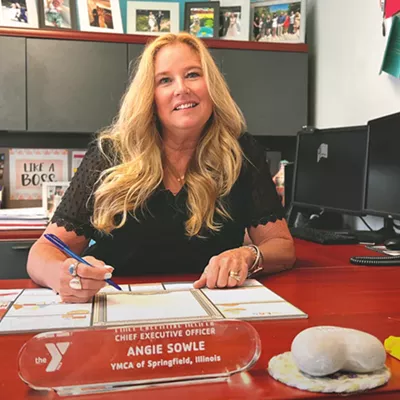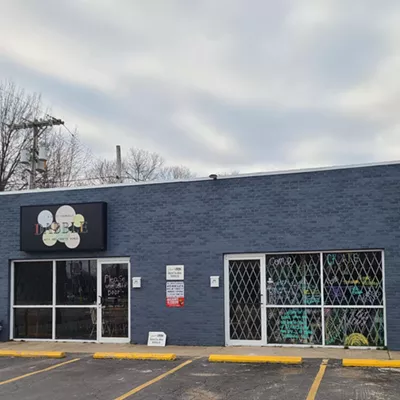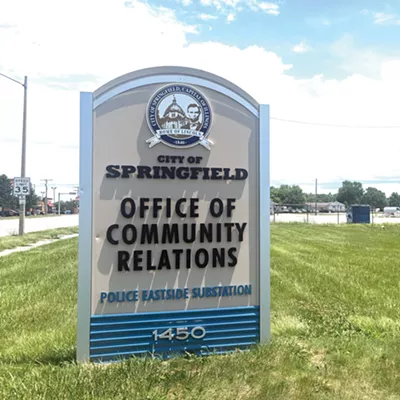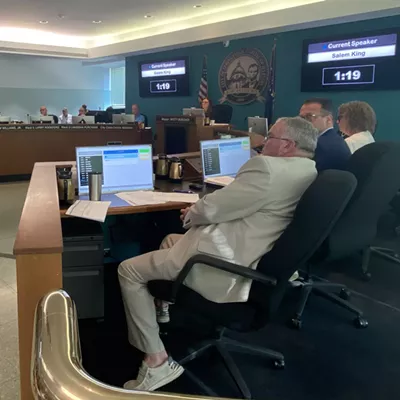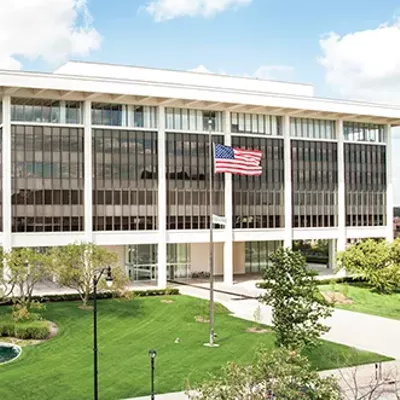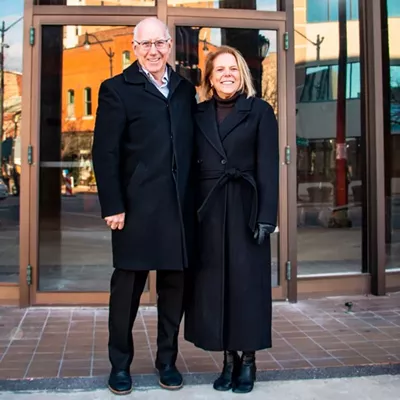High-speed rail development continues in Springfield By Gabe House
The Illinois Department of Transportation (IDOT) held a series of informal meetings from late April through late May throughout the state. This “listening tour” was all about infrastructure: its current state, the ever-present need to improve it and what the future may hold.
Springfield, in the throes of high-speed railway expansion slated to last several more years, is naturally very concerned about infrastructure. The city plays host to a number of higher education campuses and medical facilities and is the seat of state government. To say infrastructure and reliable intrastate transportation is important for the capital city would be a gross understatement.
“Infrastructure and having the jobs in our community is very important, and we know we’re a big piece of that,” said Jennifer Gill, superintendent of Springfield Public School District 186, regarding the high-speed railway. “Having a great school system brings people to our community, and I’m sure this project will bring jobs here and help build our infrastructure so that we can be a better city for the future.”
HSHS St. John’s Hospital, located at 800 E. Carpenter St., is equally supportive of the high-speed railway as part of its inclusion in the overarching railway consolidation. The years-long consolidation process being undertaken in Springfield is to divert rail traffic from 3rd Street to the 10th Street corridor.
“We continue to support the consolidation and are happy that the first underpass is on Carpenter Street, which will allow for faster access for ambulances,” wrote Erica Cusumano, the public relations representative for St. John’s Hospital, via email.
Karen Carlson, director of the SIU School of Medicine Office of Public Affairs, emailed a statement with a similar sentiment, writing the relocation would be a boon for the many medical facilities located around the 3rd Street corridor, which “effectively divides the mid-Illinois medical district in two.”
“This division is a safety and convenience issue for patients, the general public, residents, students and medical personnel who must pass through this busy rail area at 3rd St. when they move among the various medical campuses,” Carlson wrote.
Furthermore, Carlson wrote, the current railway location is prohibiting further development in the medical community. Vibrations from the passing trains preclude the building of laboratories and other facilities adversely affected by such movement, Carlson wrote. And then, of course, trains are loud, detrimentally so for recuperating patients.
“Relocation to the 10th Street corridor will remove it from the medical district, improve safety and encourage business and medical service development in this area of Springfield,” Carlson wrote.
University of Illinois Springfield chancellor Susan Koch was also enthused, but in her case, the possibility of enhanced transportation for UIS students from St. Louis and Chicago – totaling more than 500, Koch said – through the high-speed rail was the cause for celebration. “Many of (those students) use the train to commute from home, and any improved rail access to Springfield for students, both current and prospective, will be of great benefit to UIS,” Koch wrote. “A recent economic impact study showed that students who relocate to Springfield contributed $5.9 million to the local economy each year. That number will only grow if access to the UIS campus is improved for students and their families.”
The potential economic impacts of the high-speed railway are manifold. First, in terms of the jobs the project itself will bring and secondly for its effects in the years to come. But as with any large project, there will be effects felt immediately that aren’t as pleasant. An urgent need to relocate a business is one such case.
“It was probably 2013 … I went to one of the IDOT meetings downtown, and it was pretty interesting,” recalled Brad Gubin, owner and president of Benmar Sunrooms, previously located at 929 East Carpenter Street. “They had a layout of the corridor, and I asked them how soon it would be happening. He indicated not for years, so I thought I had nothing to worry about.
“About a year later, I got a call from Hanson Engineering needing to set up a meeting for property acquisition. They gave me not quite a year to get ready to move.”
After 36 years, Benmar Sunrooms was being displaced by eminent domain. They were forced to leave the building and warehouse they had built specifically for their business, and Gubin leased a property at 4051 W. Jefferson St. on the west side of Springfield.
After all is said and done, though, Gubin was pleased with the process. He was fairly compensated and business has been good.
“I think timing will always be lousy talking about a move from one location after a number of years; it was amazing how much we’d accumulated,“ Gubin said. “But overall, it was a pretty good experience. They kept on top of things; I can’t really say anything bad.”
Gill has also been keeping an eye on the railway development with Lanphier High School and Lincoln Magnet School both being on 11th Street. Ensuring that students, families and buses have easy and quick access to the schools is of paramount importance. Although neither Gill nor any District 186 representative took part in IDOT’s listening tour stop in Springfield, they have been in contact with Hanson Engineering as needed.
“Along the way, we’ve been an active voice in the conversation,” Gill said. “We’ve been very up front about those concerns and any ideas we may have, but we see many pluses to bringing high speed rail to Springfield as well.”
Gabe House is a freelance writer from Springfield.

